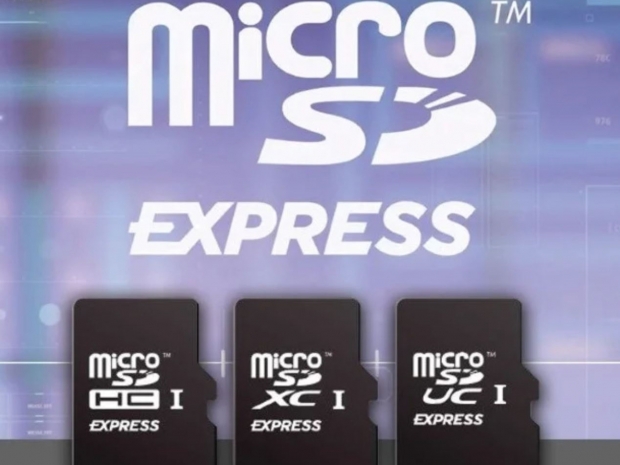Dubbed microSD Express, it exploits the NVMe 1.3 and PCIe 3.1 interfaces used in PCs to power high-speed SSDs. The tech is incorporated into the second row of microSD pins, so the cards will work faster in next-gen devices while maintaining backward compatibility with current microSD tech.
PCIe 3.1 allows for low power sub-states, so the cards will not only offer much higher transfer speeds but consume less power than regular microSD cards. The Association says that the new tech allows features like bus mastering, which lets memory cards and other components communicate without going through the CPU first.
Other gadgets will rather like having these small extremely fast 1TB memory cards too. It could enable a new generation of smaller cameras or even smartphones that can capture RAW video, for instance. It would also be particularly handy for drones, letting them capture high-resolution video while carrying less weight.
Of course, now there is the small matter of waiting for memory outfits to get off their hands and start building the things. Then device manufacturers need to to support them and they are famously slow at getting into action. There are still few, if any, smartphones that support microSD UHS-II cards, and that standard has been around since 2011.




